|
|
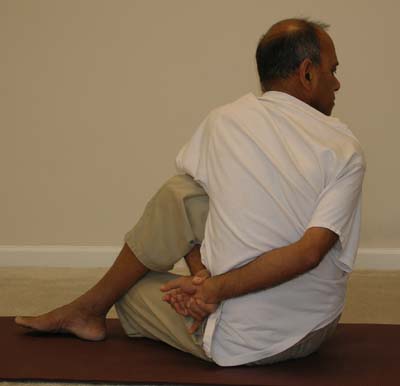
Most of the classes that I teach last 1.5 hours. In almost every class I lay emphasis on the need for establishing a home-based yoga practice which can be done on a daily basis. Those students who feel committed to practice at home are usually faced with the following predicament:
- It is not possible to allocate 1.5 hours every day for the yoga practice. We can allocate no more than one hour, even that being a stretch
- In the regular 1.5 hour group class, we practice many asanas with variations and different pranayama techniques. We also discuss the concepts of meditation and practice meditation on a few occasions. If we want to limit the practice to one hour or less, how to structure the sequence so all aspects of yoga are covered?
Continue reading »

I am pleased to announce the next 21-day Yoga Challenge program. The past programs have been very well received by all the participants. For most of them, it has been truly a life-transforming experience. I invite you to join me on this exciting and deeply rewarding 21-day yoga journey. Here are the particulars:
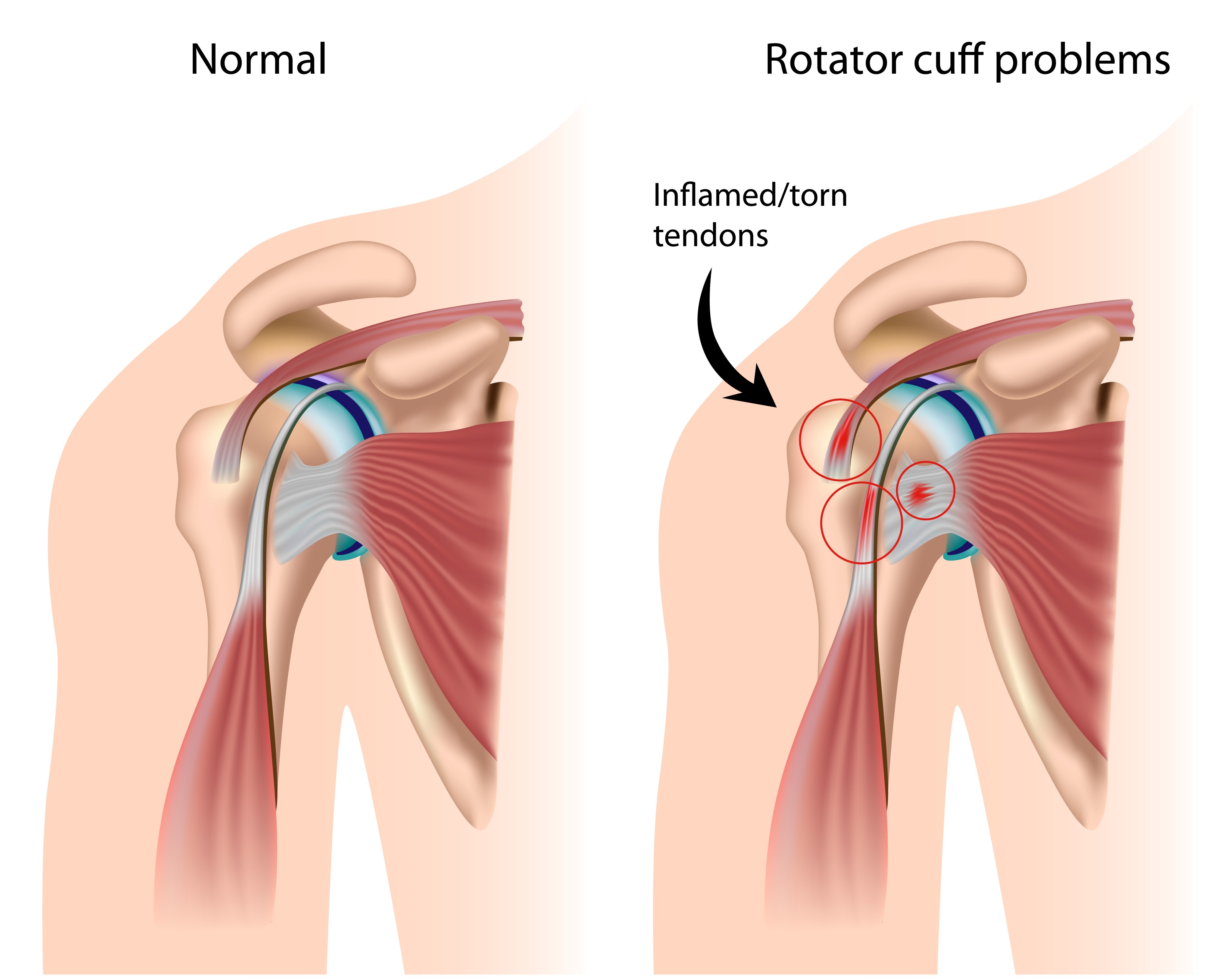
As those of you who have been attending my yoga classes know that I have been battling shoulder pain for quite some time now. Actually, the pain in my right shoulder started almost two and a half years ago (more about it later on in this post). However, a recent MRI of my right shoulder shows a maximum length tear in my rotator cuff. I got the MRI done about two months ago. I believe the tear happened about seven months ago when while coming down the stairs in my house, I slipped and fell down, landing hard on my right shoulder. The resulting pain was excruciating and my wife, Manju, and I rushed to the ER. The XRAY showed no broken bones, giving me some psychological relief. That was one of the rare occasions when I had to take a pain-killer pill so I could asleep. Even though no broken bones were found, the pain continued to grow over time. That is when I decided to ask my doctor for an MRI of my right shoulder.
I should add here that I have had previous surgeries on both my shoulders to repair torn rotator cuffs. These were done about eight and ten years ago respectively.
Continue reading »
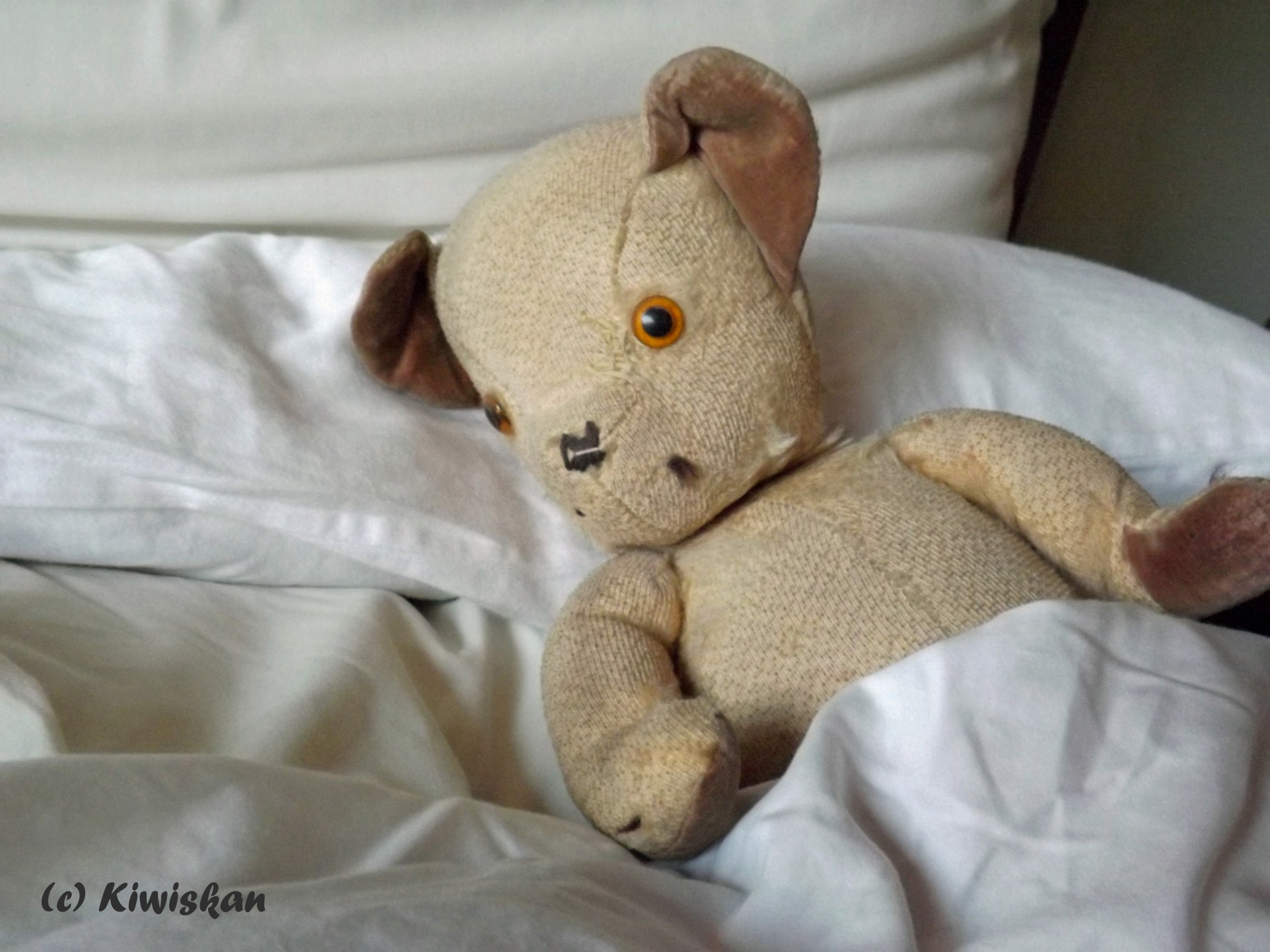
Most of us go through experiences periodically when we have trouble falling asleep when we go to bed. There are other times when you happen to wake up in the middle of the night, either due to a dream, some noise, or just because you have to go to the toilet, and then cannot go back to sleep. These episodes may represent minor sleep disorders or serious cases of insomnia.
Before discussing how we can improve the quality of sleep, I would like to briefly list some of the common causes of disturbed sleep (not in any specific order):
Continue reading »
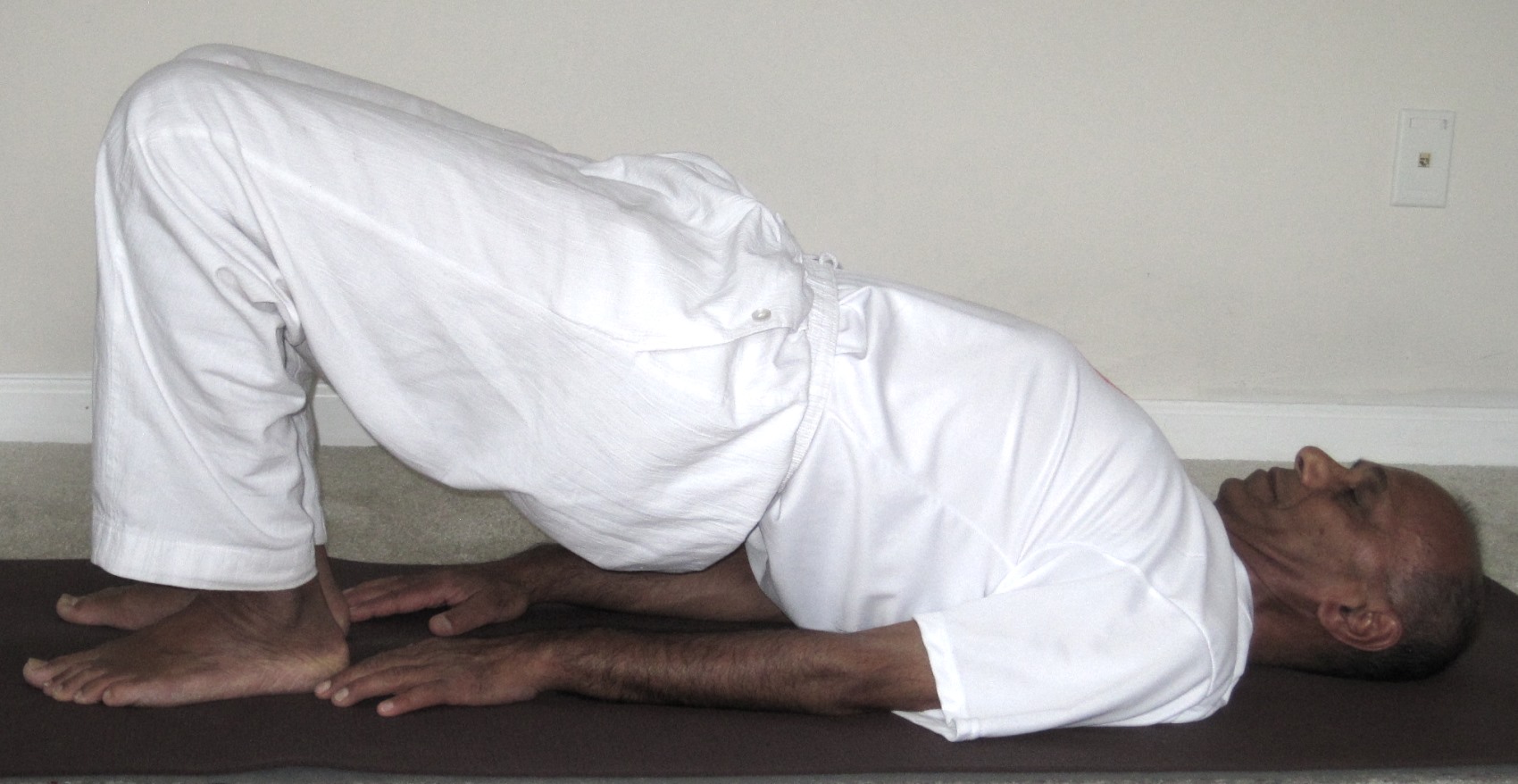
The basic Setu-bandhasana -सेतुबन्धासन – (Bridge Pose) is a beginner-level pose and is highly beneficial for the health of the shoulders, spine, hips and thighs. At a deeper level, it helps calm the mind and can help relieve stress, mental fatigue, anxiety and depression.
Step-by-step
Continue reading »
The Bhagavad Gita presents an extensive coverage of the three gunas. Chapter 14 is entirely devoted to the discussion on the gunas. Many of the finer points of the gunas are brought out again in chapter 18. Of course, elsewhere also in the Gita, gunas are discussed, where applicable, in many other chapters.
At any given time, one of the three gunas is dominant while the other two play a subservient role. In fact, gunas compete against each other, vying for supremacy. When sattva is dominant, the light of intelligence shines through all the senses and sense organs (BG 14.11). When Rajas is dominant, greed and the striving for selfish activities would appear (14.12). With the dominance of tamas come darkness, inactivity, recklessness and delusion (14.13).
Continue reading »
Ever wonder why we seem to have mood shifts from moment to moment? You may be sitting in a very peaceful state of mind, maybe reading a nice book, and suddenly the thought of some event from the past can throw you into an agitated state of mind. There is constant change going on in our minds. All such random fluctuations of the mind are attributed to the play of the three gunas. The gunas represent a central theme in the various philosophies contained in the ancient Hindu scriptures, like Samkhya, Patanjanli’s Yoga Sutras, Bhagavad Gita, and the Upanishads.
What are the Gunas?
Continue reading »
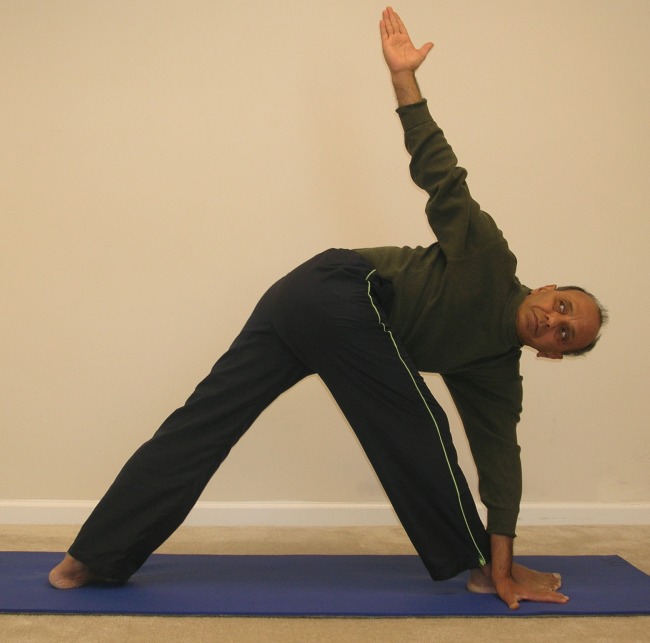
Parivritta Trikonasana (Revolving Triangle Pose) – परिवृत्तत्रिकोणासन – is an intermediate level pose which can be considered a standing twist and provides a great stretch for the hips, the hamstrings, spine, shoulders and the legs. It also provides some challenge in maintaining balance while in the pose.
When you see a picture of this pose, it may look deceptively simple. However, you realize some of the challenges involved in getting into the pose once you start working with the pose.
You may also find that, like many other poses, you can go deeper into the pose in one direction compared to the other. This is just indicative of the normal imbalances that we have in our body (and the mind and emotions) which should gradually diminish with constant practice.
Step-by-step
Continue reading »
[Next meeting: Saturday, June 1, 2:00-4:00 PM]
One of the common reasons why people join a yoga class is to learn how to manage stress. Ever wondered what causes stress in the first place? Is it caused by people or events external to us, or is it something that happens in our own minds? Ever wondered why we have all the negative tendencies like anger, jealousy, hatred etc which corrupt our minds and blind our reasoning abilities? How does yoga help us deal with and overcome all these situations in life? Does the practice of yoga involve only the practice of asana (physical postures) or is there more to the practice?
Patanjali, in the Yoga Sutras provides an insight into not only these but many more questions and situations that we face in our life. Study and understanding of the sutras can bring about a true transformation in our lives.
As many of you are aware, we have a Yoga Sutras of Patanjali Study Group (YSP SG) wherein we discuss the underlying concepts of the yoga practice given to us by Patanjali. The group meets twice a month on the second and fourth Saturday of the month at 2-4 PM.
Continue reading »

Lower back pain is perhaps the single most commonly mentioned reasons why people join yoga classes. There are several yoga poses that are recommended for taking care of lower back pain – for example, Marjarasana (cat & cow), Pawanamuktasana (wind-relieving pose), Balasana (child pose), all twisting poses etc. One of the poses that I personally enjoy and recommend highly is the Reclining Twist. In Sanskrit, it is variously named as Jathara Parivartanasana – जठरपरिवर्तनासन – (Abdomen Turning), Udarakarshanasana – उदराकर्षणासन – (abdominal stretching), and Supta Matsyendrasana – सुप्तमत्स्येन्द्रासन – (Reclining twist).
The reclining twist is what I call a "feel good asana" as it stretches multiple parts of the body in a gentle way and brings about a sense of refreshing rejuvenation and detoxification.
In my own practice, I make it a point to do this pose on a regular basic. I usually do it right after the inversion pose (shoulder stand or headstand) and before the seated spinal twist (Ardha Matsyendrasana).
Continue reading »
|
Video DVD
Yoga with Subhash (asana and pranayama)
- Basic asana sequence (~50 min) ($18)
- Pranayama/Meditation (~35 min) ($12)
- Set of above two ($25)
Video recording of special programs offered in the past
(Links to YouTube videos will be provided)
- 21-day yoga immersion - $40
- 7-day hip opening intensive - $20
- 14-day meditation intensive - $30
- 14-day pranayama intensive - $30
- 7-day hamstring/quad intensive - $20
- 14-day Level 2 yoga intensive - $35
Payment options:
- cash, check, Zelle (use subhashmittal@gmail.com) or Venmo (use 9199269717)
- PayPal (go to bottom of page) (add $5 to the fee listed above)
Please contact me if you would like to buy.
|







Recent Comments